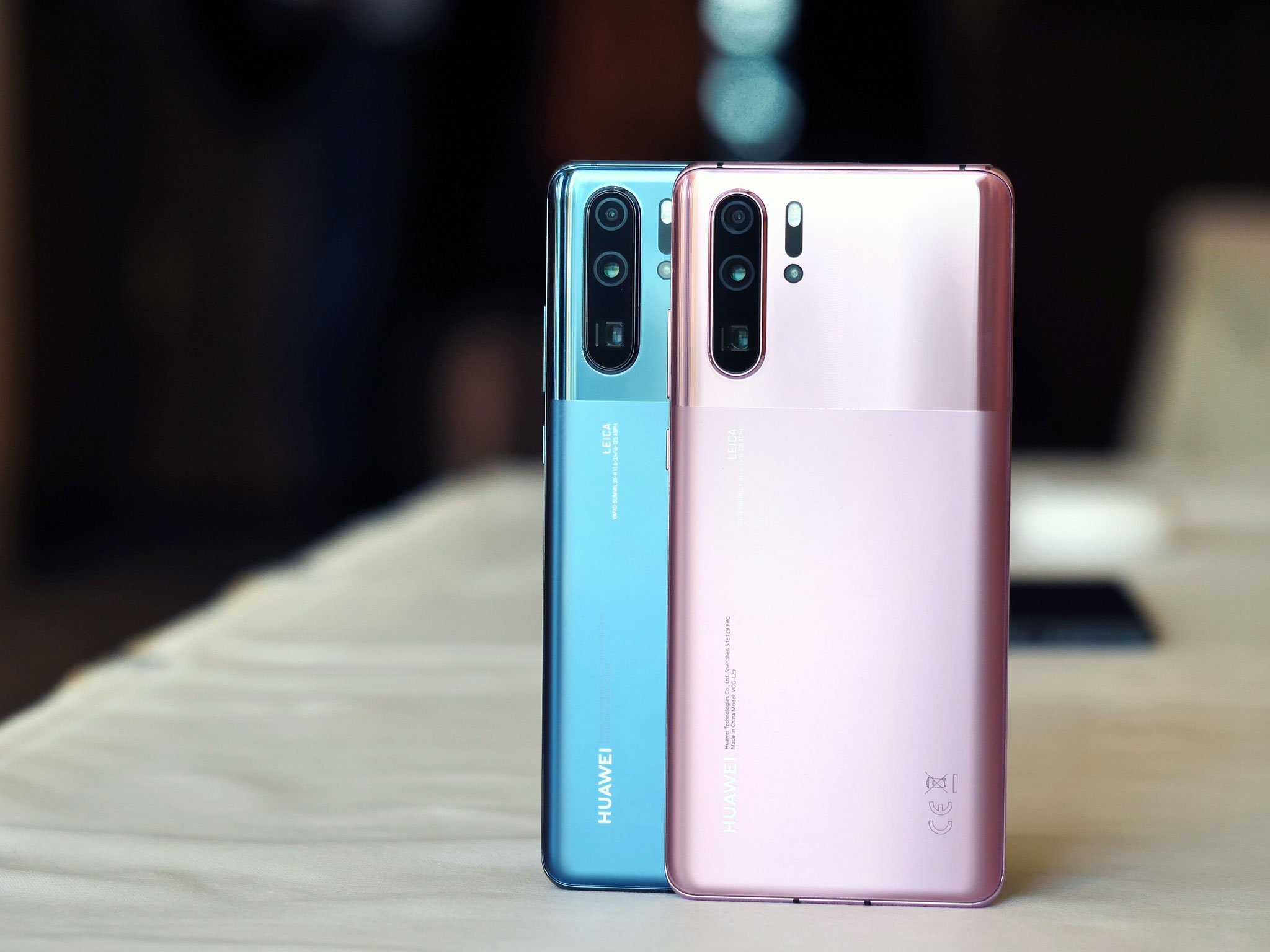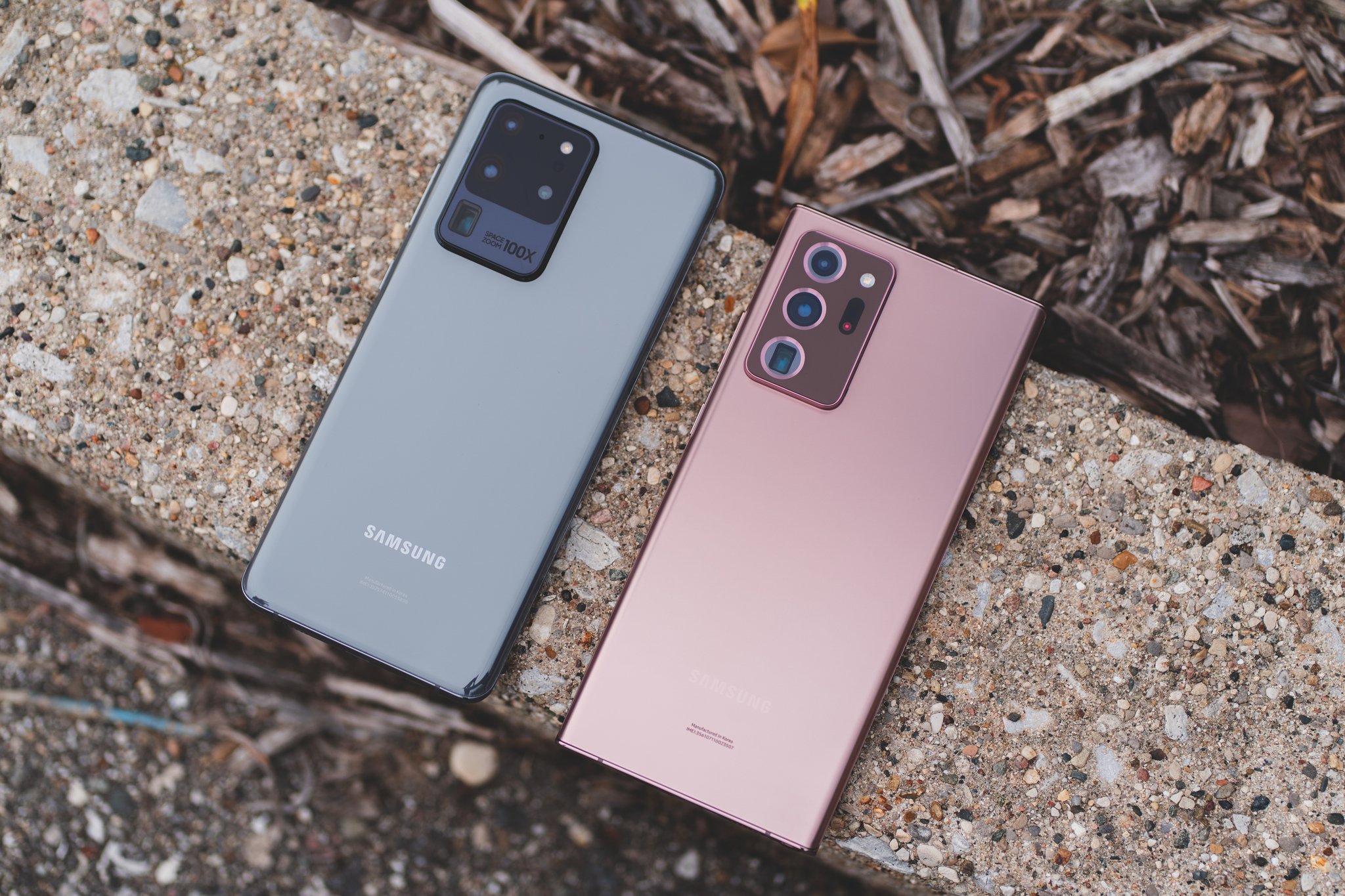In 2021, your flagship phone needs a superzoom camera
If high-end phones continue to demand $1000+ price tags, superior zoom capabilities are a non-negotiable requirement.
It's been almost two years since phones like the Huawei P30 Pro brought superzoom capabilities to the mass market. Paired with decent wide and ultrawide cameras, superzoom lenses can transform the way you think about taking pictures with a smartphone. Before 2019, there was simply no way to capture a good-looking photo of something reasonably far away using your phone. Even with a 2X telephoto, of the kind found in most iPhones, anything captured past 4 or 5X would be a blurry, illegible mess.
Phones like the P30 Pro, and eventually Samsung's Galaxy S20 Ultra, changed that, with optical 5X zoom cameras. Suddenly there was an alternative to "leg zoom" or mushy digital cropping. Though it may sound excessive, true 5-10X optical zoom in a phone camera has countless real-world use cases — everything from shooting wildlife or pets without getting close enough to spook them to gaining a unique perspective in landscape or airplane window shots or capturing far-off landmarks with greater fidelity.
Telephoto cameras at 5X and above are a revelation for smartphone photography.
Smartphones, though still hobbled by physics compared to a regular point-and-shoot, are starting to feel more like real cameras. And many (but not all) of the best Android cameras of 2020 feature superzoom lenses.
This year, the Huawei P40 Pro+ showed just how far that idea could be taken, with a double-periscope lens producing 10X optical zoom in a device with no moving parts, which still fits inside your pocket. It's an exciting demonstration of the innovation still to come in smartphone photography. And it's a continuation of a trend that started back with the P20 Pro and Google Pixel 3, where smart night modes were able to capture more detail than our eyes could see in the dark. Now, superzoom phones can resolve more detail from further away than even the sharpest human vision.
In the dying days of this mess of a year, where we're visiting fewer places, seeing fewer people, and taking fewer photos than before, perhaps having a great zoom lens in your phone seems like an unnecessary extravagance. I'm sure there'll be plenty of great phones released at lower price points in the coming months that don't include this technology. But as the world begins to open up again in 2021, and our social lives and travel patterns return to normal, so too will our photographic habits. Superzoom lenses, then, are a great selling point for high-end phones that may otherwise struggle to justify their astronomical price tags.
Samsung looks set to dominate smartphone photography in 2021.
Samsung's upcoming Galaxy S21 Ultra is rumored to pick up from where the P40 Pro+ left off, packing both 3X and 10X optical zoom cameras and with superior optics than Huawei's phone. That means not just the same level of zoom, but better quality, especially in low light. If true, it would be by far the most capable zoom camera in a smartphone and would very likely rank as one of the best phone camera systems of 2021. (With Huawei facing an uncertain future, and Google having ceded the high-end market segment, the only possible challenge could come from Apple.)
While there's still value in shorter telephoto cameras of the kind seen in phones like the iPhone 12 Pro, Galaxy S20, and OnePlus 8 Pro, they're less useful in a phone that already has a high-resolution main sensor. When you're playing with around 50 megapixels, hybrid zoom shots in the 2-3X range can produce great results, meaning your dedicated telephoto should aim somewhere higher than this.
So if you're charging more than $1000 for a smartphone in 2021, and it's not a foldable, it'd better include decent superzoom capabilities. Many of the past year's major handsets have boasted of triple or quad-camera setups of dubious value. OnePlus is one of the worst offenders here; its 8T features four lenses but no telephoto. Rather than including two or three extra cameras that might as well, for all practical purposes, be stickers on the back of the phone, manufacturers should double-down on a decent wide, ultrawide, and superzoom combination.
It's that extra zoom functionality that'll allow manufacturers to justify charging flagship prices in a market replete with capable phone cameras at every price point.
from Android Central - Android Forums, News, Reviews, Help and Android Wallpapers https://ift.tt/3pxU1m3
via IFTTT


ليست هناك تعليقات: